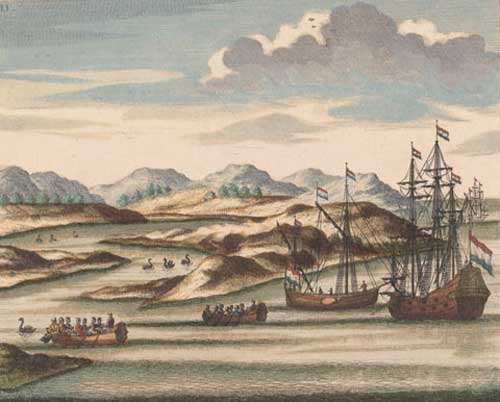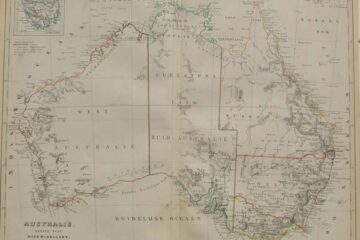Victor Victorszoon was a Dutch artist (born 1653) as a painter and cartographer he accompanied the explorer Willem de Vlamingh on his expedition to Australia in the late 17th century.
Victorszoon’s paintings are the sole visual record of the voyage and are among the earliest known images of the continent.
Willem de Vlamingh was a Dutch navigator who led an expedition to explore the west coast of Australia in 1696. The expedition included three ships, the Geelvinck, the Nijptangh, and the Weseltje, and a total of 289 crew members. The goal of the expedition was to search for the missing ship, Ridderschap van Holland, which had disappeared off the coast of Australia in 1662.
Victor Victorszoon is mentioned in the journal of Willem de Vlamingh, who refers to him as a “skilful artist” who was responsible for making sketches and drawings of the landscapes, flora, and fauna of the areas they explored. The journal also mentions that Victor Victorszoon was also involved in collecting specimens of plants and animals, which were later brought back to the Netherlands.
On this trip de Vlamingh decided to go and have a look at the black swans that the exopidie had come across. On 10 January 1697 he left with three boats to explore the Zwaanenrivier (Swan River). The group traveled some 12 miles up the river until shallow water stopped their progress. They made no contact with the natives and all they had to show for their trip were two black swans and some resin and gum from the trees.

See also: De Vlamingh Memorial Sundial: A Historical Tribute Reimagined


